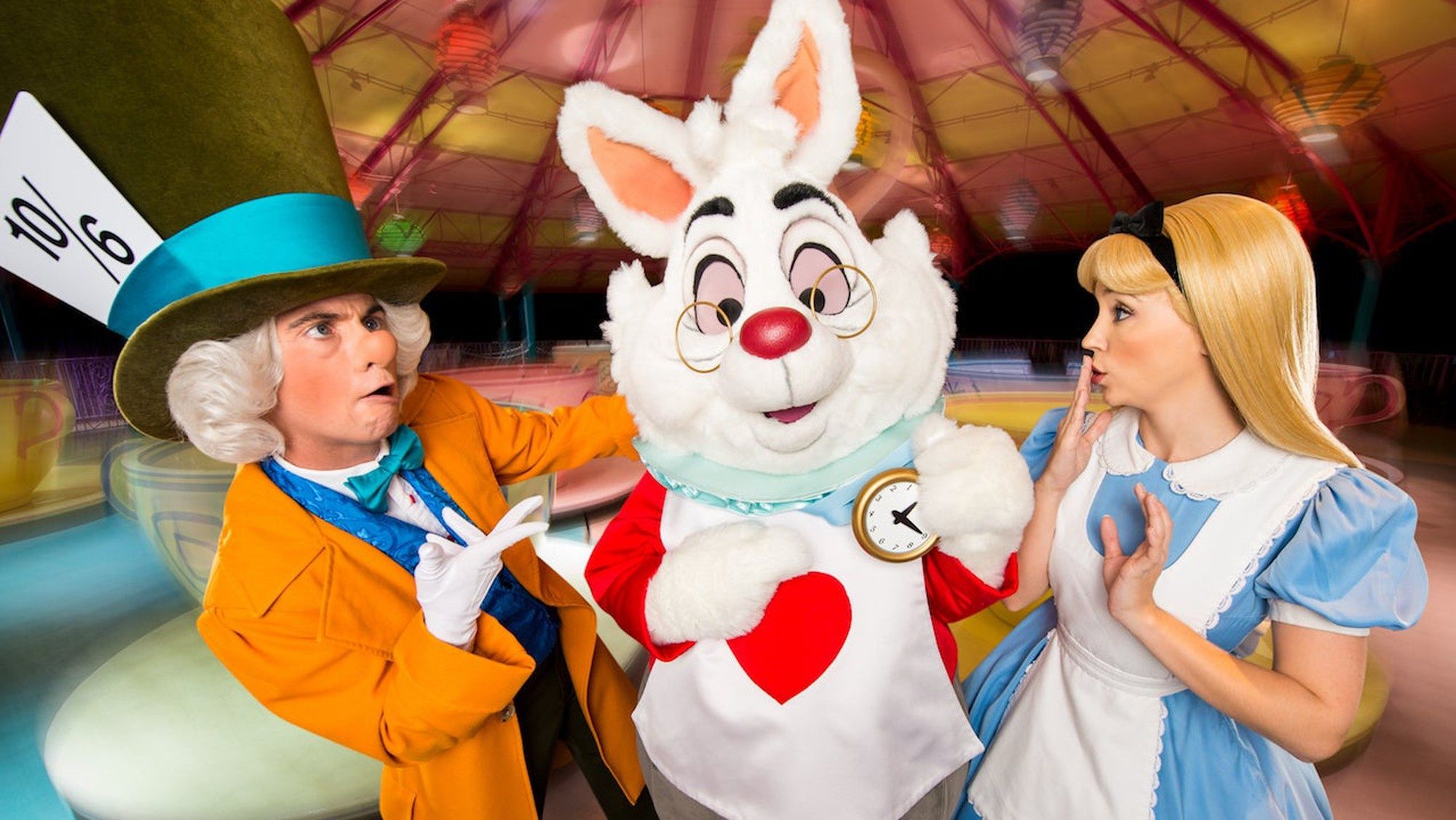Approximately 26.5 million households subscribed to Disney's (DIS 1.95%) new flagship video-streaming service within the first seven weeks of launching. It's added another 2.1 million since the start of the year, management says.
Analysts had been expecting a big number from Disney after it initially reported 10 million sign-ups on day one, which includes presales and free trials, and third-party reports showed continued growth in downloads and in-app spending. But 26.5 million exceeded even the highest expectations. Last month, Rosenblatt Securities analyst Bernie McTernan estimated Disney had signed up about 25 million subscribers by the end of 2019.
Not only was Disney+ a success, but the new bundled offering combining the flagship streaming service with ESPN+ and Hulu has been popular as well, which bodes well for subscriber retention.

Image source: Disney.
Where are all these subscribers coming from?
Disney's strong brand combined with its marketing prowess ensured widespread consumer awareness for Disney+ by the time it launched in November. Management says 50% of its subscribers signed up directly with the company.
For those that were still on the fence come launch day, Disney advertised on various streaming platforms to convince users to subscribe. About 30% of subscribers pay through a distribution partner.
The other 20% come from Disney's partnership with Verizon (VZ 1.14%). Verizon is offering select customers a free year of the streaming service, and about 17 million customers are eligible. Only about one-third of those customers have taken advantage of the offer, so there could be room for improvement in the uptake of that promotion. That said, those subscribers may not be as sticky as other Disney+ viewers since they're not currently paying directly for the service.
Subscribers were notably front-loaded: 10 million on day one, 26.5 million through the first seven weeks, and 28.6 million five weeks after that. But management says it hasn't seen increased levels of churn since The Mandalorian -- Disney+'s hit original series -- finished its first season at the end of December.
It's no surprise that Disney+ has added a lot of subscribers right from the start. Disney's messaging on the product is clear and easily understood and its brand and products are something consumers want. But the sustained growth in January suggests it still has room to grow.
The bundle is working
Disney broke out subscription numbers for ESPN+ and Hulu as well, and one number that stood out was the 6.6 million ESPN+ subscribers. Management said that number climbed to 7.6 million since the start of the year.
ESPN+ had just 3.5 million subscribers as of the end of September. By all indications, the sports-streaming service's subscriber growth is being fueled by being bundled with Disney+ and Hulu. Hulu's subscriber growth wasn't quite as strong, up 2.4 million subscribers from September by the end of 2019 and adding another 300,000 subscribers to start the year. But it seems Hulu subscribers are opting to add Disney+ and take the option for ESPN+ at no additional charge.
Bundling offers several advantages. First of all, a bundled customer is less likely to cancel service than one that subscribes to an individual service. Second, it increases ad inventory for Disney's streaming video advertising business. The bundle notably defaults to Hulu with ads, which generates more revenue for Disney than the ad-free version. Finally, bundling the services together provides Disney with better data to use in targeting advertisements by easily linking viewers across its services.
The success of the bundle in the U.S. suggests Disney+ could get a boost internationally when Disney expands Hulu to new markets next year. Likewise, Hulu could see a strong international launch as a result of the presence of Disney+ in its new markets.
Disney's direct-to-consumer business is off to a strong start just 12 weeks after the Disney+ launch. The media company's long-term goal of 60 million to 90 million Disney+ subscribers by 2024 seems extremely conservative. The strong engagement and retention the company's seen so far suggest it'll easily surpass those numbers as it expands its original content library, continues to build out its back catalog, and makes its sister streaming services (ESPN+ and Hulu) better as well.







